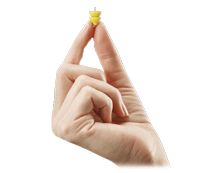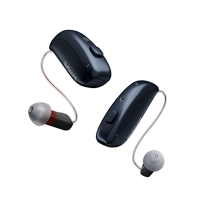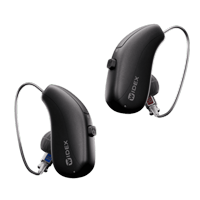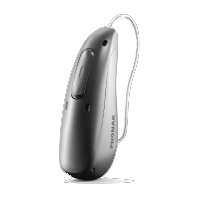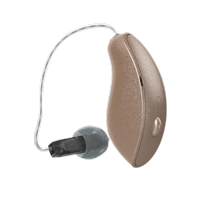Key Points to Remember
- Hearing loss affects 1 in 3 people between ages 65-74, and nearly half of those over 75
- Over-the-counter hearing aids became available in October 2022
- OTC options are designed for adults with mild to moderate hearing loss
- Understanding the differences between OTC and prescription devices can help you make an informed choice
Hearing loss is a common condition that can significantly impact quality of life, especially for older adults. It can make it difficult to follow conversations with loved ones, hear important alerts and alarms, and fully participate in social activities. Research has also shown connections between untreated hearing loss and increased rates of depression and social isolation among seniors.
Fortunately, access to hearing assistance has improved with the introduction of over-the-counter (OTC) hearing aids. In October 2022, following an FDA ruling passed in August of that year, these devices became available without requiring a prescription or visit to an audiologist, making hearing solutions more accessible and affordable.
Understanding Your Hearing Device Options
Before purchasing any hearing device, it’s important to understand the different types available:
Sound Amplifiers (PSAPs)
Personal Sound Amplification Products are one-size-fits-all devices designed for recreational use by people with normal hearing. They simply increase environmental sound volume and are not true hearing aids. These devices are not intended to treat hearing loss.
Hearing Aids
These medical devices come in two categories:
- Over-the-counter hearing aids: Available without a prescription for adults with mild to moderate hearing loss. You can purchase these online or in stores without assistance from a hearing care professional.
- Prescription hearing aids: Customized devices fitted by hearing health professionals for people with moderate to severe hearing loss.
Implants
For those with severe to profound hearing loss, cochlear implants or bone-anchored hearing systems may be recommended. These require surgical intervention and are not available over the counter.
OTC vs. Prescription Hearing Aids: Key Differences
Fitting Process
- OTC devices: Self-fitting with adjustable features that you manage yourself
- Prescription devices: Custom-fitted by a professional who tests your hearing and optimizes the device for your specific needs
While self-fitting devices offer convenience and lower costs, first-time users may find it challenging to self-diagnose their level of hearing loss. Without professional guidance, you might not realize the full spectrum of sounds you’re missing.
Technology and Features
When selecting a hearing aid, consider these important features:
- Battery type: Rechargeable batteries may cost more initially but save money over time
- Bluetooth connectivity: Helpful for phone calls, TV watching, and other audio streaming
- Controls: Look for feedback control, volume adjustment options, and directional microphones
- Style: Behind-the-ear models may be more comfortable, while in-ear styles may be more discrete
- Telecoil: Allows connection to telephones or hearing loops in public spaces that provide direct audio input in large listening environments (as required by the ADA). Listen to the difference these systems make


